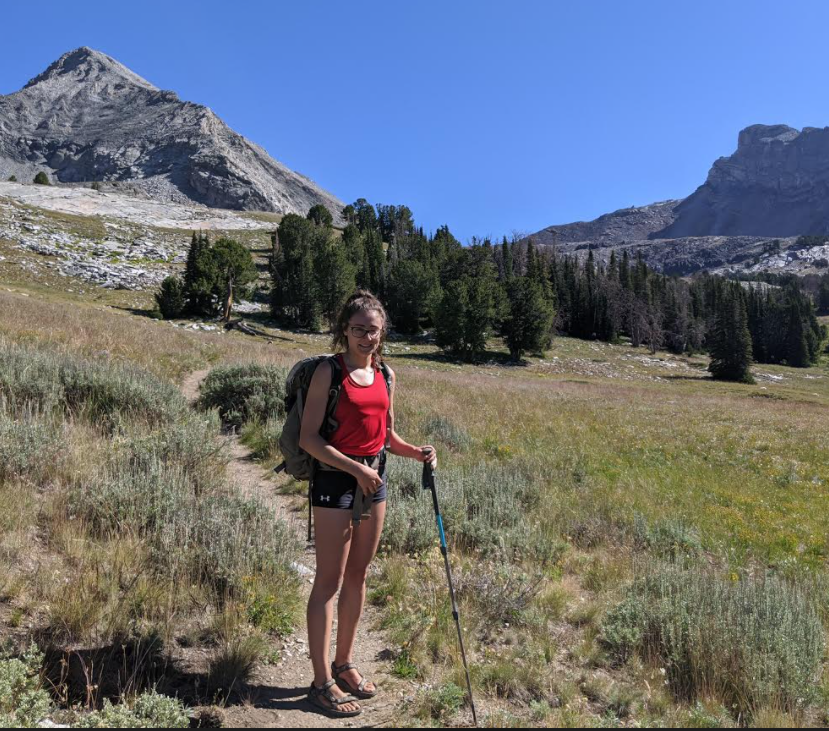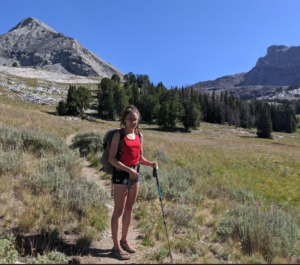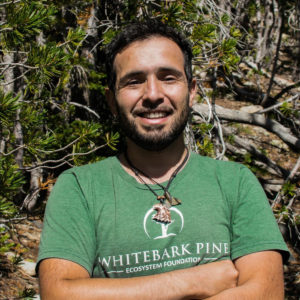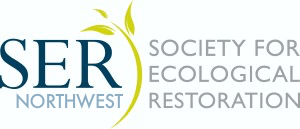
2020 Student Research Grant Award Winners
 Erin M. McElroy, Master of Environmental Management Student, Portland State University
Erin M. McElroy, Master of Environmental Management Student, Portland State University
Erin has a broad technical background in the Pacific Northwest that spans across environmental chemistry, wildlife and vegetation ecology, and environmental planning and design.
Study Title: The Understory Species Increase Project
Her current research focuses on the importance of a healthy native herbaceous layer to forest health, and raising awareness to this vegetation layer and its function in supporting successful restoration. Fostering a native herbaceous layer is key to enhancing overall forest habitat and biodiversity, however, few land managers have the technical information or plant materials available to do so. This causes slow or non-existent herbaceous species reestablishment on many forest restoration projects. The Understory Species Increase Project, in which Erin’s research is affiliated, aims to fill the gap in resources by researching, developing, and amplifying a diverse herbaceous species. She is specifically examining and identifying the herbaceous species that are best suited to become established by seed, and the environmental conditions with the greatest influence in their success, by assessing slope, aspect, elevation, canopy cover and type, and several soil characteristics. Her statistical analysis will target each potential relationship by following her methodical hypotheses. Erin plans to also work closely with native plant nurseries to gain an understanding of their growing capacities, and provide them the findings from her study so they can be more effectively supply species in this forest layer. Link to Erin’s research lab. Contact Erin at erinmmcelroy@pdx.edu.
 Sabrina Schuler, Master of Science Student in Biology with Emphasis in Restoration Ecology, Boise State University
Sabrina Schuler, Master of Science Student in Biology with Emphasis in Restoration Ecology, Boise State University
Sabrina has a diverse background in ecology and biology through her experiences working with wildlife, plants, and habitats in multiple states.
Study Title: Increased Invasion and Fire Frequency: has Sagebrush (Artemisia tridentata sp. wyominensis) been “Soiled?”
Her ongoing research focuses on sagebrush steppe, which is one of the most expansive and ecologically important ecosystems of the Intermountain West. It historically experienced infrequent, low-intensity fires, but more recently, fire frequency has increased and has led to invasion of cheatgrass (Bromus tectorum). Restoration of this ecosystem has proven difficult and possibly caused by fire-induced changes in soil properties that are essential to support native vegetation, including Wyoming big sagebrush (Artemisia tridentata sp. wyomingensis). Her research is focusing on increasing the efficacy of sagebrush steppe habitat restoration efforts through uncovering the feedbacks between soil properties and sagebrush performance by manipulating physical, chemical, and biological properties of soil. She will do this by establishing experimental plots across sites that vary in fire history and plant community composition, and quantify impacts of treatments on sagebrush. This study will improve our understanding of the importance of plant-soil feedbacks for restoration of sagebrush steppe ecosystems, and encourage land managers to implement such measures if shown to enable successful restoration. Link to Sabrina’s research professor and lab. Contact Sabrina at sabrinaschuler@u.boisestate.edu,
 Enzo Paolo Martelli Moya, Master of Science Student in Forestry, University of Montana
Enzo Paolo Martelli Moya, Master of Science Student in Forestry, University of Montana
Enzo has an extensive background in field research that includes studies in the United States and in his native Chile, and has concentrated on forestry of tree species native to each region.<
Study Title: Long-term Assessment of the Efficacy and Ecological Effects of Prescribed Burning and Mechanical Cutting for Restoration of Whitebark Pine
His ongoing research focuses on the restoration on whitebark pine (Pinus albicaulis) communities in subalpine forests throughout the western United States and Canada. Prescribed burning and mechanical cutting treatments are widely recommended to restore these communities and the primary objectives of these treatments are to promote diverse age-class structure, reduce competing vegetation, increase the vigor of trees, encourage natural regeneration, and reduce the likelihood of mountain pine beetle (Dendroctonus ponderosae) attacks. However, there is no agreement on the ecological basis for restoration, and the response of whitebark pine to these management interventions is not well understood. Enzo is conducting an assessment of the efficacy and effects of prescribed burns and mechanical cuttings in whitebark pine forests by utilizing the only existing before-after-control-impact replicated study. His findings on the effects of treatments over a 20-year-period will greatly assist with improving restoration of this vulnerable species. Contact Enzo at enzo.martellimoya@umontana.edu.
